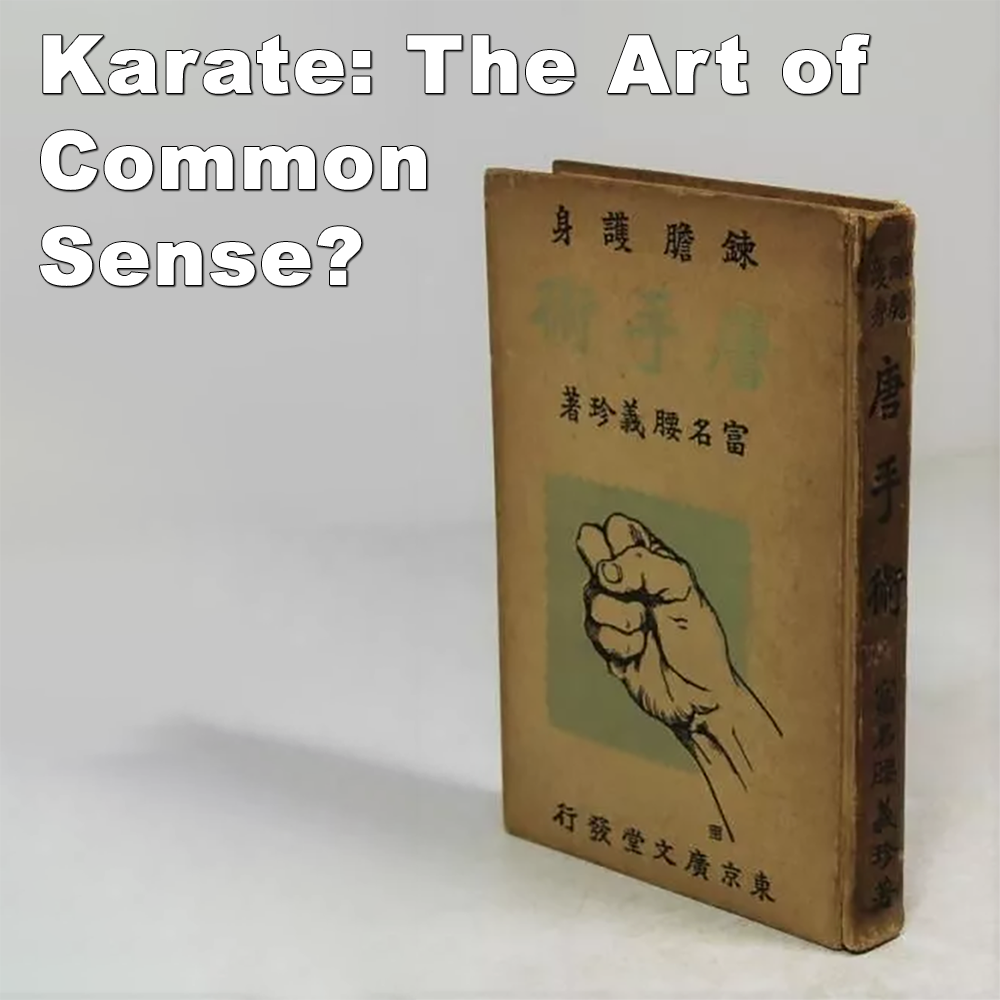
(Approx 2 minute 15 second read)
If you regularly read my articles, I’m sure you recognize that I prefer my karate to be pragmatic and practical rather than for any kind of competition. In the comments section I often find myself bewildered by the lack of common sense and logic that sometimes pervades discussions and opinions on these articles. While these can be fun to read, there are times when I just want to hold my head in my hands.
.
It’s not that people are unintelligent, but there’s a definite disconnect that’s hard to ignore.
.
I know people don’t train in the martial arts solely to learn how to defend themselves. I get it. Many practitioners love to train because of the competition. It’s healthy for both body and mind, with the social aspects of joining a dojo or club.
.
Of course, if you teach, it’s essential to be honest about how you practice your art, there are way too many people advertising that they cover all aspects, but they plainly do not.
.
Whatever your view, and however you practice, it’s important to remember that the martial arts can be more than one thing.
.
One comment I received recently said that they “don’t have an issue with kata”. Now you know when someone opens with that, they ‘do’ have an issue with kata – and it continued, “just like I don’t have an issue with shadowboxing, however, when the emphasis of training becomes 85% kata/shadowboxing, it doesn’t leave very much room for practical applications. Imagine how well a boxer would do in the ring if he spent 80% of his time shadowboxing.”
.
This is a view that is simply misinformed. You can’t blame them, as there are often conflicting views on what karate is and does. For example, the judgment of karate in the modern era seems to be based exclusively on the solo performance of kata.
.
Another comment said that “Kata builds stance, discipline, and [is] a very important part of the grading syllabus having to prove that you are improving” [sic]. Unfortunately, this view misses the whole point of kata.
.
People don’t understand it because this is all they have seen, all they have been introduced to.
.
And the sometimes profanity laden arguments fly because of their pre-conceived notions. They don’t understand that effective two-person drills came first, with the solo representation as a mnemonic tool, to practice when you cannot be with a partner – similar to the “shadowboxing” mentioned above.
.
I admit that many dojo today are not as pragmatic and practical as they could be, but there is much more to kata than just the solo performance.
.
The two-person drills, the collective wisdom of early pioneers, the obvious health, physical, and holistic benefits associated with its practice. The reasons to continue with kata are many. These make karate what it is, what you want from it, the context.
.
So use common sense and logic to assess the most effective course of study for you. If you don’t practice kata, fine, just don’t be so judgmental of something you may not fully understand. Learn instead – because, even with a long history, common sense is still a skill worth mastering.
.
AC
.
.
Photo Credit: Book Rentan Goshin Toudi Jutsu By: Gichin Funakoshi
